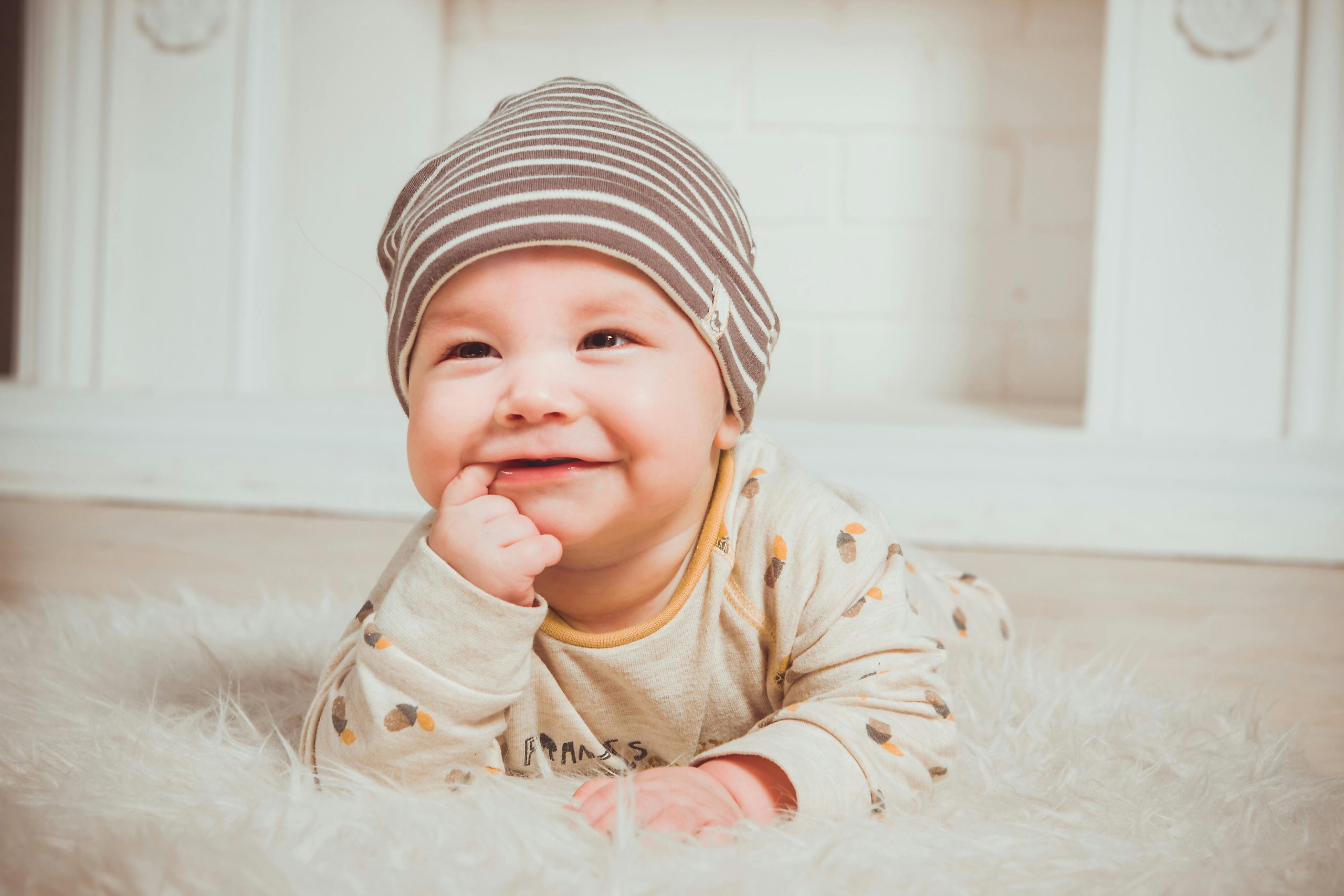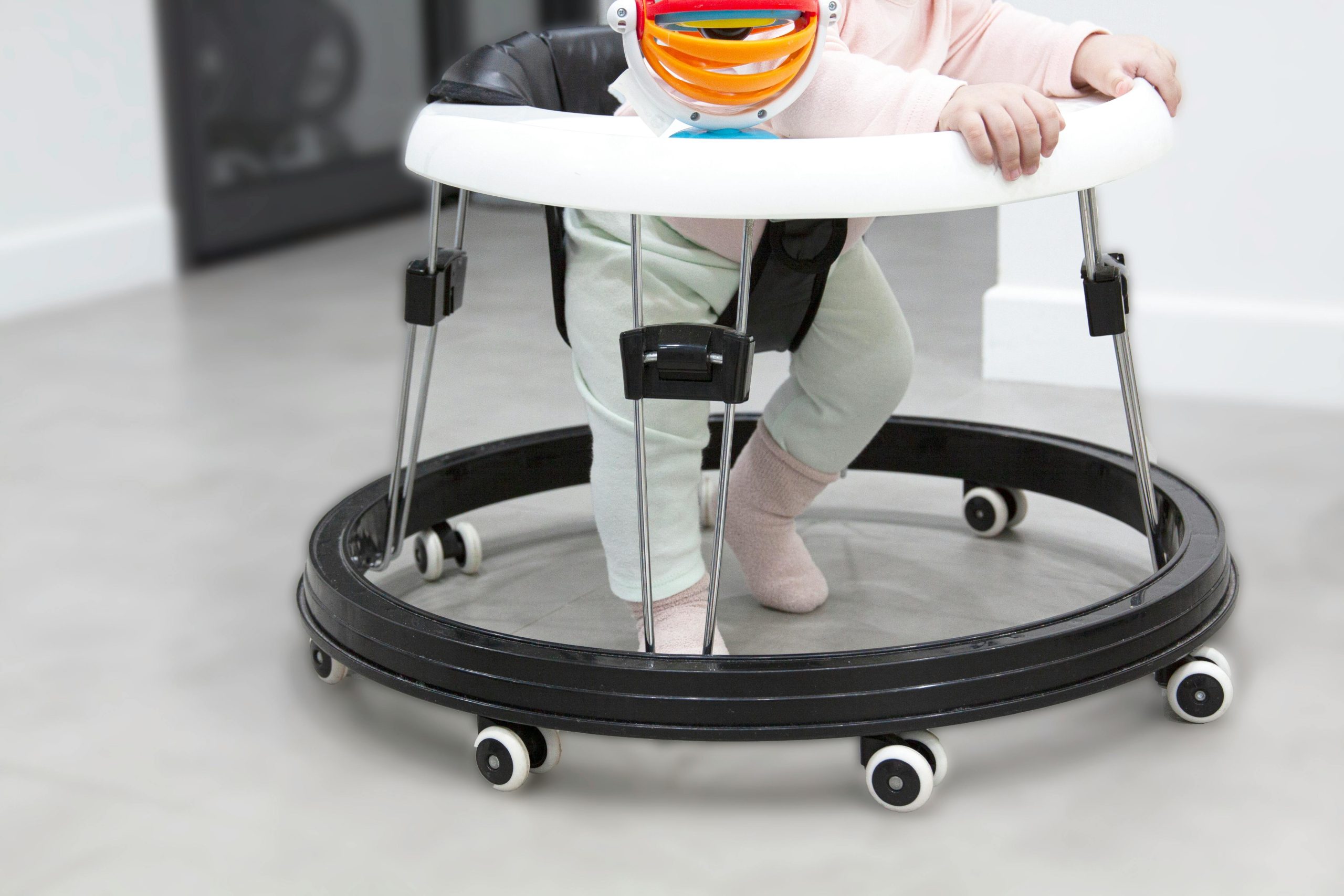Parenthood involves making countless decisions to keep your child safe and healthy. This includes choosing the right products, from cribs and car seats to toys and feeding supplies. Over the years, research and tragic experience have revealed that some once-popular baby items pose significant safety risks. In response, regulatory bodies like the U.S. Consumer Product Safety Commission (CPSC) have issued outright bans, or manufacturers have voluntarily discontinued products due to safety concerns and public pressure. Here are eight types of baby items that have been banned or widely discontinued due to safety risks.

Image Source: pexels.com
1. Drop-Side Cribs
For decades, drop-side cribs were a nursery staple. However, the hardware on these cribs frequently broke, malfunctioned, and was often assembled incorrectly. This could create a dangerous gap between the mattress and the drop side, leading to situations where babies could become trapped, suffocated, or strangled. Due to numerous infant deaths, the CPSC issued a mandatory ban on the manufacture and sale of all drop-side cribs in 2011.
2. Infant Inclined Sleepers (e.g., Fisher-Price Rock ‘n Play)
Inclined sleepers, like the immensely popular Fisher-Price Rock ‘n Play, were marketed as a safe and soothing place for infants to sleep. However, these products place babies at an incline, which can cause their heads to slump forward and obstruct their airway, leading to suffocation. They were also associated with incidents where infants rolled over and became trapped. Following dozens of reported deaths, the CPSC issued a new safety rule in 2022 that effectively banned infant sleep products with an incline greater than 10 degrees.
3. Crib Bumper Pads
Crib bumpers were traditionally marketed as soft pads to line the inside of a crib, supposedly to protect babies from bumping their heads on the slats. However, health experts and the American Academy of Pediatrics have long warned against them. Bumpers pose a serious suffocation, strangulation, and entrapment risk if a baby’s face presses against them or gets caught between the bumper and the crib mattress or slats. In 2022, the Safe Sleep for Babies Act was signed into law, banning the sale of crib bumpers nationwide.
4. Infant Self-Feeding Devices and Neck Floats
The FDA and other safety groups have issued warnings about certain newer baby products. Infant self-feeding pillows or props hold a bottle for the baby, which poses a serious choking risk if the baby cannot control the flow of milk or vomits. Infant neck floats, small inflatable rings placed around a baby’s neck for use in water, are also dangerous. They can increase the risk of drowning and neck strain.
5. Old-Style Baby Walkers (with Wheels)

Image Source: pexels.com
Traditional baby walkers with wheels were once very popular. They allowed pre-walking infants to move around freely. However, they were responsible for thousands of injuries each year. Babies could quickly roll to dangerous areas like stairs, pools, or hot surfaces. The CPSC enacted stricter safety standards in 1997 and again in 2010, requiring walkers to be wider than a standard doorway and have brakes to stop at the edge of a step. This led to the disappearance of the old, dangerous models.
6. Baby Teethers and Jewelry Containing Hazardous Substances
Over the years, various baby teething rings and amber teething necklaces have been recalled or warned against. Some have been found to contain hazardous substances like lead. Amber teething necklaces pose a significant strangulation risk from the necklace itself and a choking risk if the beads break off. The FDA has issued official warnings advising parents against their use.
7. Certain Models of Strollers and High Chairs (Due to Recalls)
While strollers and high chairs themselves are not banned, specific models have frequent recalls for safety defects. Common reasons for recalls include faulty safety harnesses that can fail, hinges that can cause pinching or amputation injuries, or stability issues that can lead to a high chair tipping over. Parents must check for recalls on any baby gear, especially if it’s a hand-me-down item.
8. Sleep Positioners and Wedges
Infant sleep positioners or wedges were once marketed as products to keep a baby sleeping on their back to prevent SIDS. However, these products pose a suffocation risk. Infants could roll and get their faces trapped in the soft foam or fabric. The FDA and CPSC have issued strong warnings against using any type of sleep positioner, stating that a firm, flat surface in a bare crib is the safest sleep environment.
Prioritizing Safety Above All Else
The list of banned and discontinued baby products serves as a sobering reminder that product safety standards are constantly evolving. Lots of things considered acceptable a decade ago are now unsafe, based on new data and a deeper understanding of infant risks. For parents and caregivers, this underscores the importance of staying informed. Always check for recalls on new and used baby products. Adhere to the latest safe sleep guidelines from organizations like the AAP. When it comes to baby items, safety must always be the number one priority over trends or convenience.
What baby products do you think have seen the most significant safety improvements over the years? What are your most trusted sources for checking baby product safety and recalls? Share your thoughts!
Read More
Why Some Parents Are Ditching Baby Food Pouches—Are They Really That Bad?
Expecting a Baby? Here Are the Grocery Shopping Lists You Need

